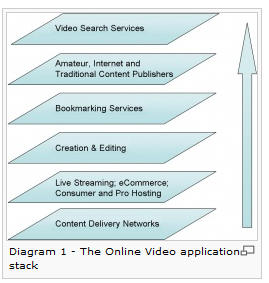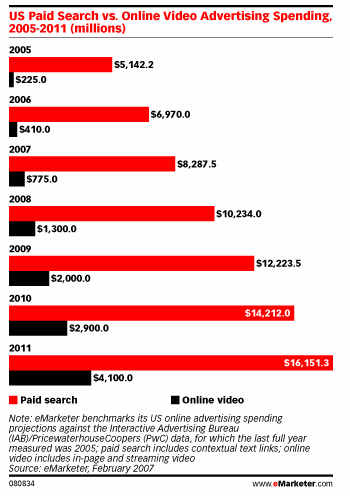Earlier I’d written on the social media press release – essentially a site designed as a repository for sharable clips, images and story components that can be used by journalists and bloggers.
A few days ago Maggie Fox released her company’s version, providing details of the internal lay out and the elements that should be included. That engendered quite a bit of insightful discussion (here, and here).
As a template Digital Snippets hit all the right core content notes – it includes extensive RRS feeds for easy dissemination of updated information, and interestingly includes embeddable widgets for the true fans to add to their sites. Each page includes contact information to corporate communication people giving story writers the contacts if they want to expand a story through a specific line of questions.
All this is good – but at I can’t help thinking that while this makes corporate PR more effective – it still treats PR as a separate part of communication strategy – at the very time that consumers are integrating messages where ever they find them – sometimes across brands. Just look at what is happening with Unilever over its AXE and Dove brands. (here and here)
It also doesn’t appear to leverage the knowledge of social media firms to design creative that builds on their understanding of viral transmission and social sharing. While it’s fine to centralize creative developed elsewhere for social media use I believe that the true value will emerge when social media releases can create their own creative to both tell the story and encourage viral spread.
While not developed as PR its hard not to think that creative like the Travelers IQ Challenge developed by Ottawa’s TravelPod (and seen on hundreds of blogs, papers and social network sites) hasn’t been contributed to stories about the company (it has) or driven traffic to both their brands.
It also would be nice to see these sites more fully integrated into the sponsor’s web properties – rather than echoing them as they do now. Social media sites should also being promoted with conventional promotion techniques.
Finally having real time components such as live conference or video calls included would add to the immediacy of a release and creating urgency around spreading the news.
All of this is to say that by dealing with media releases as system – which the social media release and Digital Snippets does is an important step. The real value though is going to come from building the specific skills of social media experts into corporate communications – and empowering them with the tools and creative to tell the story in new ways and across more platforms.


